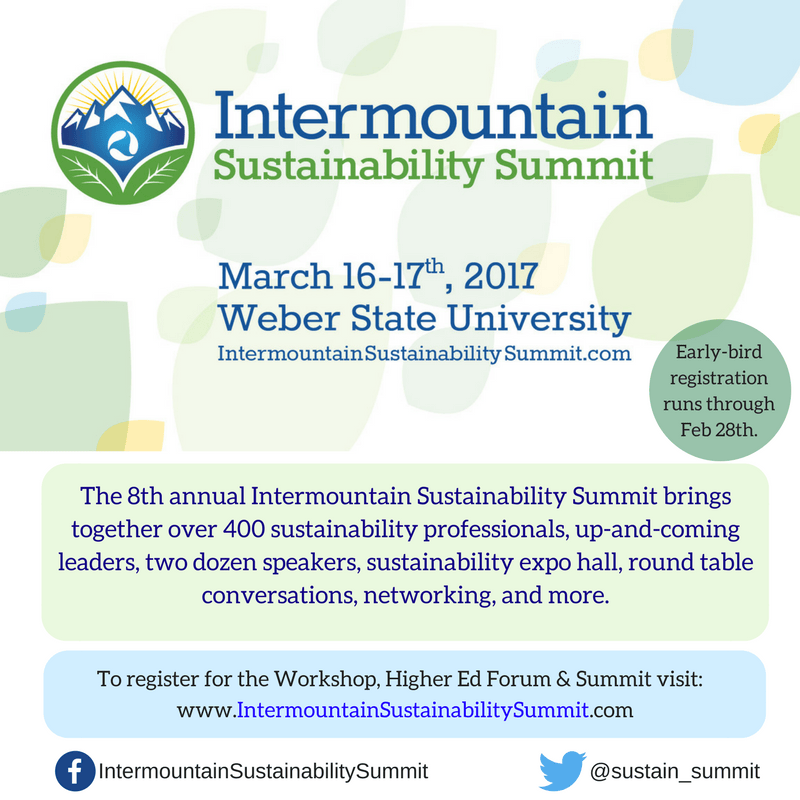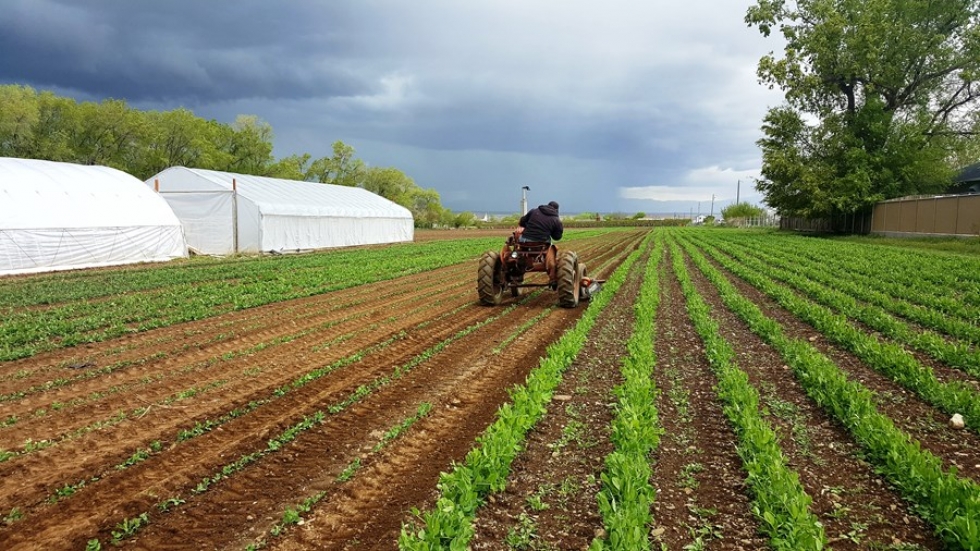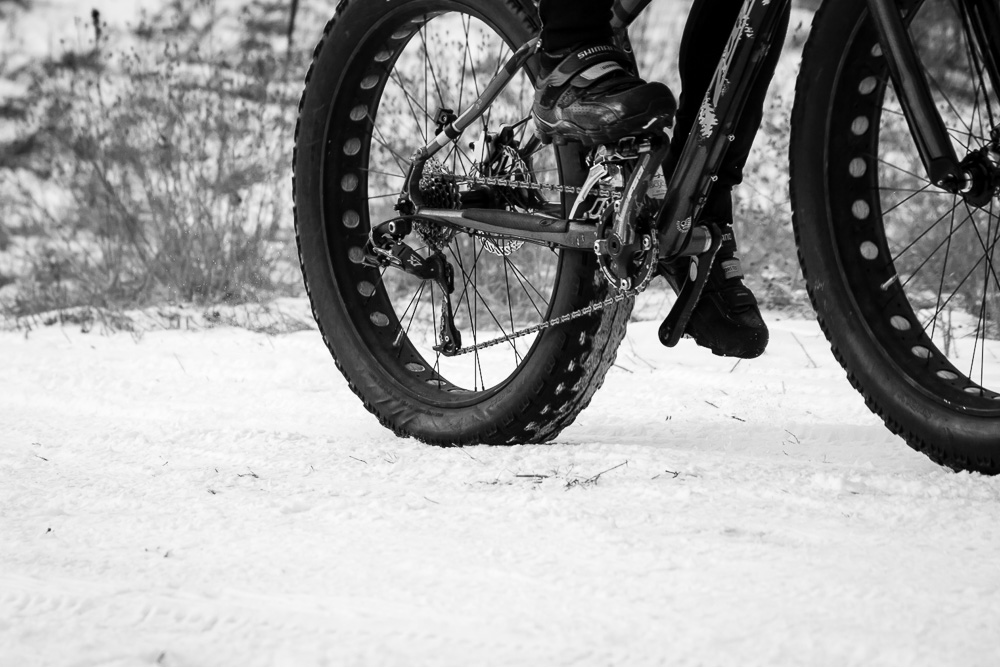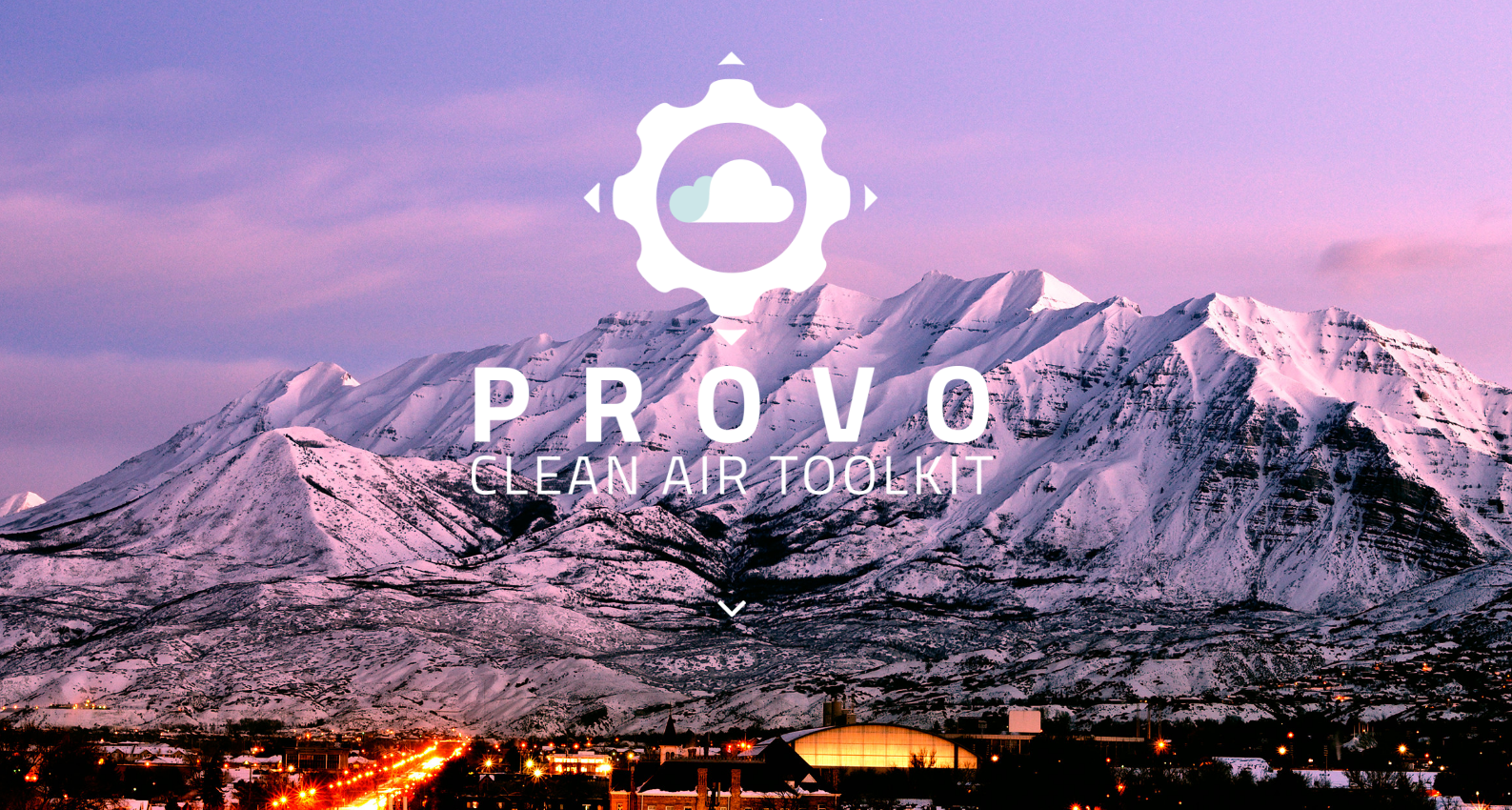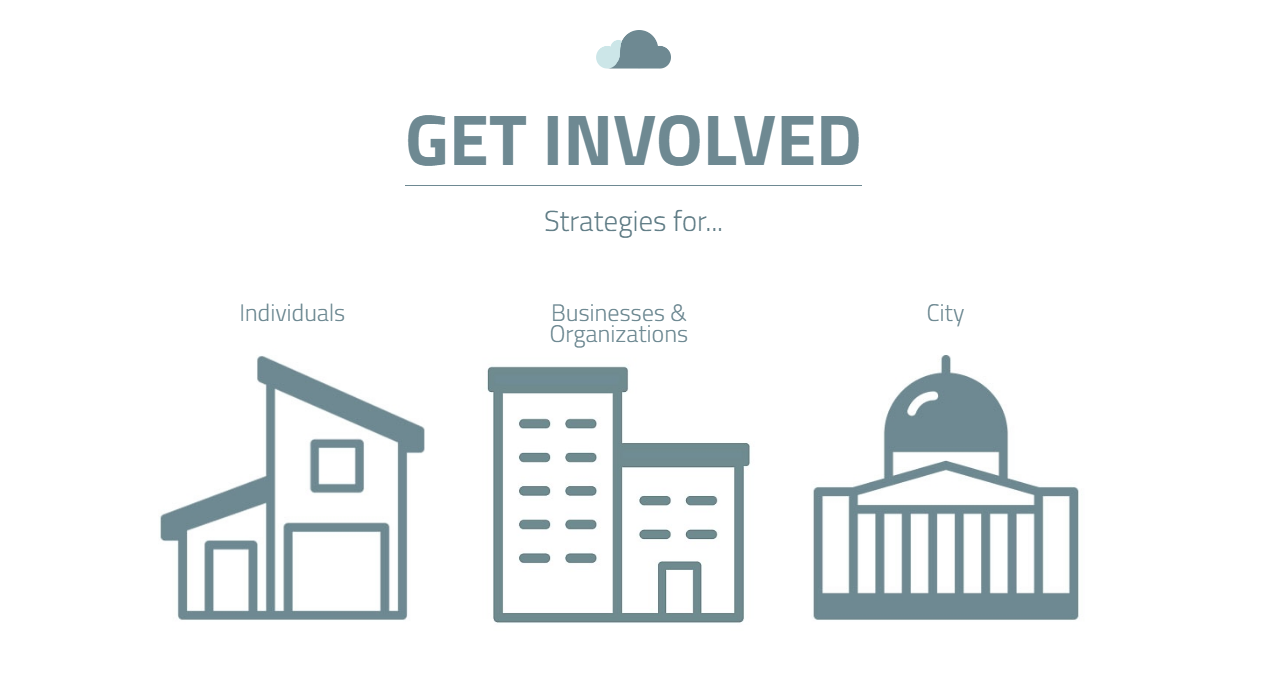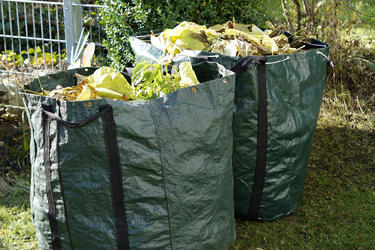
Reusable bags are a great way to use less plastic.
The holidays are right around the corner, which means lots of gift and grocery shopping. Find out how you can make small changes in your holiday habits to use fewer materials, be more sustainable, and spread the joy!
While most plastic is recyclable, the reality is that we currently recover only 6% percent of the plastics we produce. The vast majority of consumed plastics gets sent to landfills or contaminates ecosystems where it will last for thousands of years.
So what’s the alternative?
Not using that plastic fork in the first place. It may be convenient to not wash dishes during the Thanksgiving feast, but that saved time just transfers an extra burden to our environment. The solution? Use something more than once.
Disposable plastics goods such as plastic silverware, bags, one use bottles, caps, lids, straws and food containers are the most discarded items in our society. And for the most part– they’re not readily recyclable.
A big source of waste also comes from packaging. While much of this is also recyclable, it does create a cost on the environment during transportation and energy required to run recycling plants. The solution? Be aware of the packaging of products and seek out those with less.
A big surge in packaging during the holidays comes from online shopping. While purchasing items online can be convenient, consider the benefits of shopping locally (Small Business Saturday is coming up!). You’ll help minimize waste by skipping the extra packaging AND improve air quality– all those delivery trucks on the roads in December add an extra dose of pollution to our air right in the middle of inversion season.
December means lots of gift wrapping as well. Consider reusing blank sides of scrap paper and making your own stamps or illustrations (snowflakes are great!). You can also tie on pinecones for a decorative flourish instead of single-use bows.
A change in daily– and holiday– habits can go a long way.
Here is a list of simple tips to help you ditch the disposables this holiday season– and every day: Continue reading →



